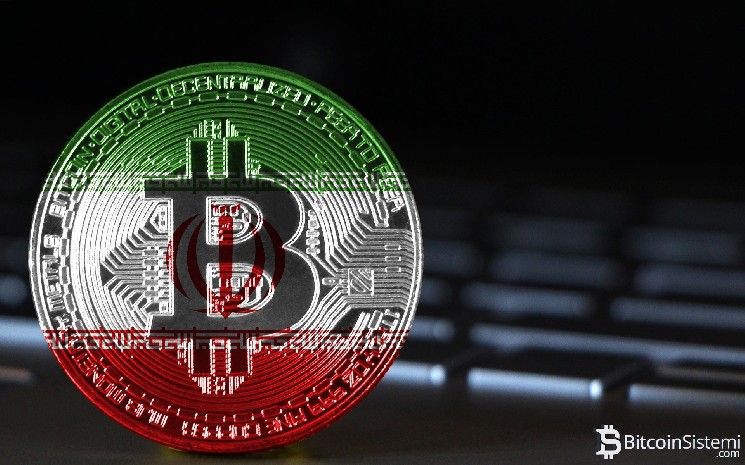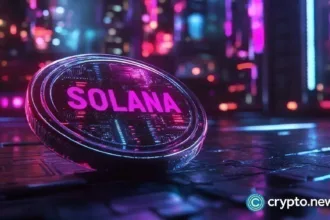Since 2019, Iran has been turning to cryptocurrency mining and trading as local currency has been undervalued due to years of severe international sanctions and high inflation. However, experts say it is still almost impossible to accurately estimate the amount of Bitcoin (BTC) the country has mined.
Iran accounts for 7.5% of the world’s Bitcoin mining hashrate, according to data from the University of Cambridge Alternative Finance Centre in March 2021. This fell to just 0.12% in January 2022.
Andrew Scott Easton, CEO of Bitcoin Mining Investment Firm Mastrminded, estimates that Iran has historically mined around 60,000 BTC. This is around $6.4 billion at its current price. Meanwhile, Sazmining CEO Kent Halliburton said Iran may have mined 100,000-200,000 BTC since 2018, with the amounts ranged from $10.7 billion to $21.4 billion. The fact that Iran began granting legal permission for crypto mining in 2019 has heightened the importance of this period.
But predictions are complicated as much of Iranian mining moves underground and escapes high electricity prices, said Rajat Ahlawat of Crystal Intelligence, a regulatory company.
According to Iran’s National Council on Resistance, around 1,000 legal crypto mining farm licenses were issued in 2020, but this number exceeded 10,000 in 2022. However, 85% of mining companies were licensed in 2021, according to former president Hassan Rouhani.
Ahlawat said that licensed miners cannot make significant profits due to their high electricity bills, so many people are illegally mining in their homes, mosques and schools. It is also believed that some organizations affiliated with the Iranian government are mining this way.
Illegal mining operations place a serious strain on the country’s electricity grid and sometimes lead to power outages nationwide. Tavanir has launched a crackdown by providing compensation to those reporting on these activities. In 2022, 9,404 illegal mining equipment were seized in Tehran alone in six months.
Bitcoin hashrate fell 27.9% on Sunday after the US bombed Iran’s Foudow nuclear facility. The drop has fueled social media speculation that Iran is mining Bitcoin in the mountains. However, some mining companies, such as Blocksbridge Consulting, have challenged the theory, saying that short-term hashrate fluctuations can be misleading.
Ahlawat noted that nuclear facilities like Fordow have appropriate electrical infrastructure, but said there is no conclusive evidence of mining there. However, if any, such operations will be carried out by the Iranian government or its affiliates, he said.
The Iranian Revolutionary Guard Corps (IRGC) stands out as the country’s largest mining force. According to Easton, the IRGC may be the largest Bitcoin miner in Iran. However, due to government history hiding mining activities, accurate data in this field is difficult to obtain.
As a result, it is not clear how much bitcoin has made Iran so far. This is mainly because about 85% of mining activities are underground and the government has not reported these activities transparently. However, for many Iranians, crypto mining is one of the few ways in which they can make a living amidst high inflation.
*This is not investment advice.






